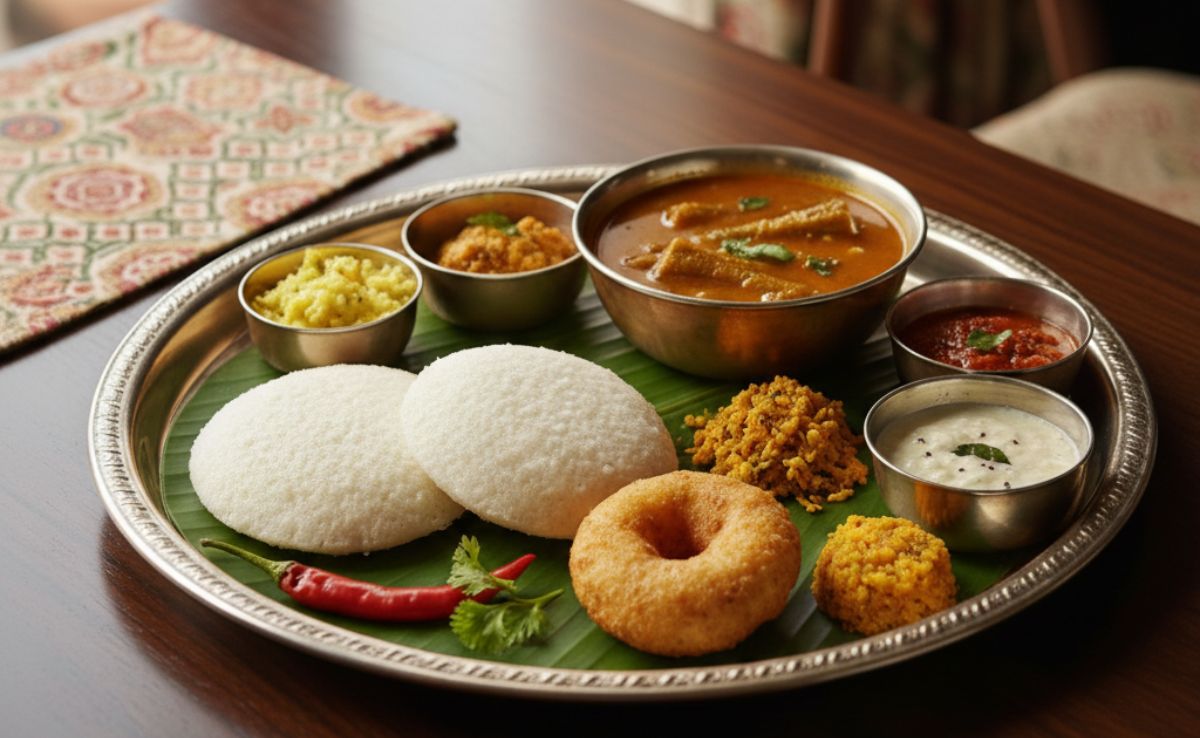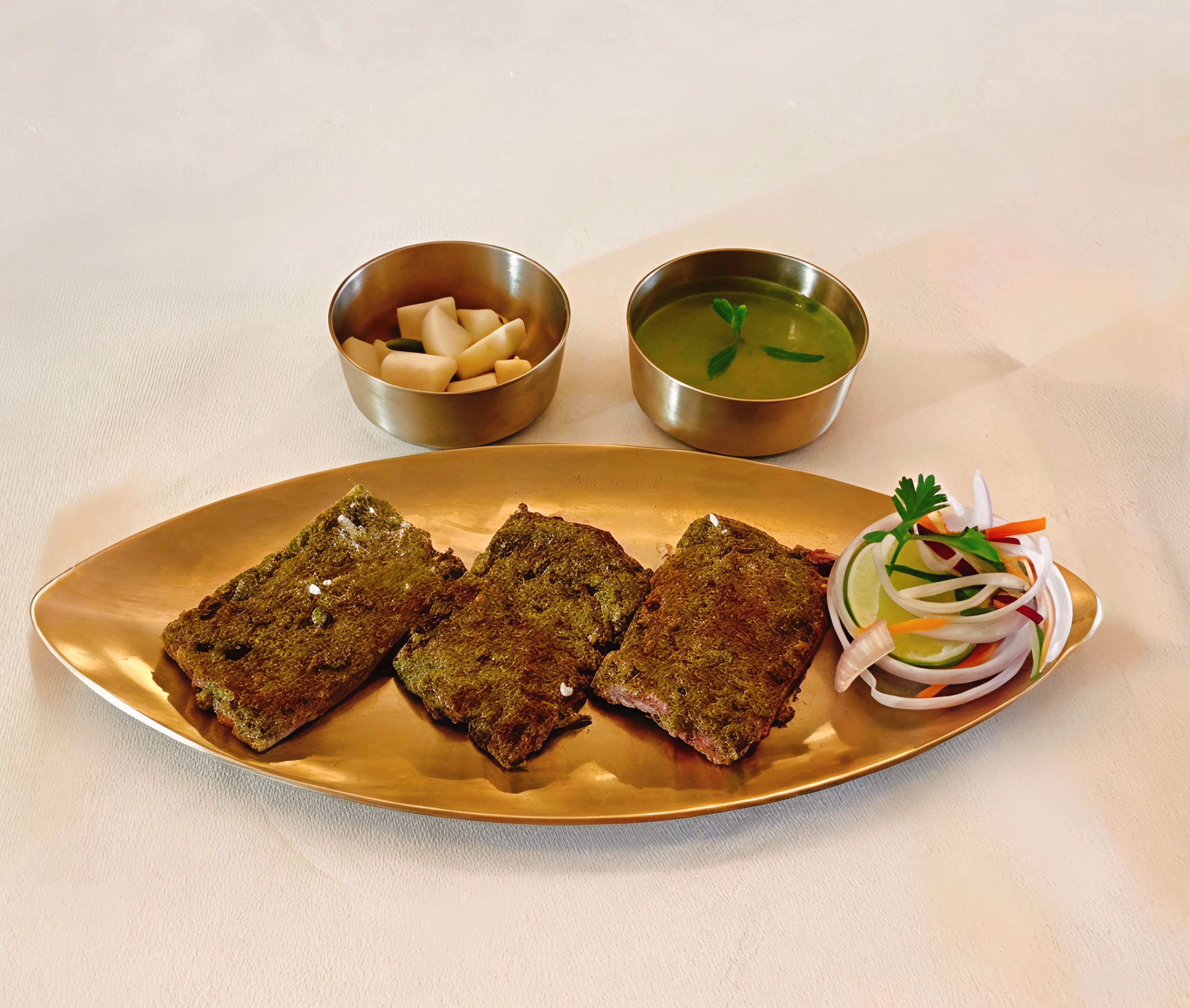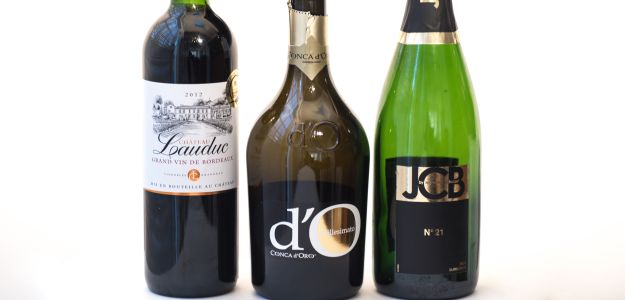This year is the 160th anniversary of the most famous and enduring effort to rank wines by quality: the 1855 Bordeaux ranking of classified growths, or Cru Classs, of the Mdoc and Graves, the classic vineyards along the left bank of the Gironde River. Developed for the Paris Exposition of Napoleon III, the classification ranked Bordeaux's most famous chateaux according to the price fetched by their wines.
So back then, at least, you got what you paid for. Today, we still talk of the first growths: Chateaux Lafite-Rothschild, Latour, Margaux, Haut-Brion and Mouton-Rothschild (the last elevated from second to first growth in 1973, the only change in the official classification). There are 15 second growths, 14 third growths, 10 fourths and 18 fifths.
But how relevant is the 1855 classification today, when other regions around the world compete for shelf (and table) space? I posed that question to several winery representatives and others in the trade during a 160th-anniversary dinner last month at City Winery in Manhattan. City Winery makes its own wine and is a restaurant and music venue, founded by music impresario Michael Dorf, and it claims to be the only restaurant in the world that offers every classed growth of Bordeaux from a single vintage, the outstanding 2010s.
The 1855 classification "is part of our DNA," said Aymeric de Gironde, chief executive of the company that owns Cos d'Estournel, a second-growth chateau. The rankings keep the pressure on the Cru Class wineries to maintain and improve quality to justify their prices, he said. "We can't walk away from it. We have to prove we deserve the classification."
Some chateaux have gone through periods where the wine did not merit its ranking, while others have outperformed and commanded prices higher than their peers'.
"Does the classification reflect the type of wine we are making today?" asked Kinou Cazes Hachemian. The Cazes family owns Chateau Lynch-Bages, a fifth growth. Her implied answer is "no." Lynch-Bages is widely considered a "super second," performing above its rank. "For us, the classification is always a benchmark and a challenge. But the market, the consumers, make their own adjustments."
"For younger drinkers with no history of drinking Bordeaux, having that classification is very helpful," said Philippe Newlin, director of the New York office of Duclot la Vinicole, a negociant firm that promotes Bordeaux wines in the United States. Yet Newlin emphasized that Bordeaux is bigger than the 63 chateaux that were lifted to acclaim in the 1855 classification.
"The Cru Classs are important, but more important is to rebuild a culture of drinking Bordeaux, so the Cru Classs want to see their smaller neighbors get some attention," Newlin said.
That night at City Winery, the attention was all on classed growths. The dinner featured five wineries: Lynch-Bages, Cos d'Estournel, Loville-Barton, Kirwan and La Tour Carnet. Each one offered a wine from every decade from the 1980s through the outstanding 2010 vintage. My favorites were the 1996 wines from Lynch-Bages, La Tour Carnet and Cos d'Estournel.
While the Cru Classs rankings may, for the most part, still reflect a quality hierarchy in Bordeaux's left bank, the wines overall are improving because of better viticulture and winemaking, according to Damien Sartorius, the 10th generation of the Barton family that owns Chateau Loville-Barton, a second growth, and third-growth Langoa Barton. Along with Mouton-Rothschild, they are the only classed growths still owned by the same families as in 1855.(c) 2015, The Washington Post






